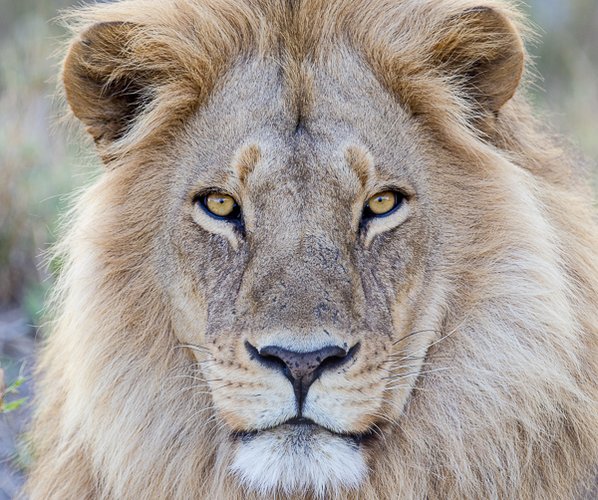Kudu
Tragelaphus
Behavior and diet
Two species of kudu are found in Africa: Lesser kudu (Tragelaphus imberbis) and greater kudu (Tragelaphus strepsiceros). Lesser kudus can be found in savannahs of eastern Africa. Greater kudus are found in eastern and southern Africa. Both are similar in appearance, with greater being larger in size.
The kudu is an antelope with long, twisted horns, somewhat similar in appearance to the eland, as they both have the vertical, white stripes on the torso. The kudu has larger, thicker horns and the eland is larger in size. Female kudus are significantly smaller than their male counterparts, and will possess very tiny horns in comparison to the male. Kudus prefer grasslands and bushlands and woodlands. They rely on the scrub for coverage and camoflage, which works well with their vertical white stripes. Kudus are herbivores and are normally most active in the early and late hours of the day. They will feed on grasses, berries, leaves and roots. The gestation period for the kudu is around eight months, with the average birth size being one young.
Factoid courtesy of wikipedia: The horns of greater kudus are commonly used to make Shofars, a Jewish ritual horn blown at Rosh Hashanah.

 Botswana
Botswana
 Kenya
Kenya
 Malawi
Malawi
 Mozambique
Mozambique
 Namibia
Namibia
 South Africa
South Africa
 Tanzania
Tanzania
 Zambia
Zambia
 Zimbabwe
Zimbabwe

